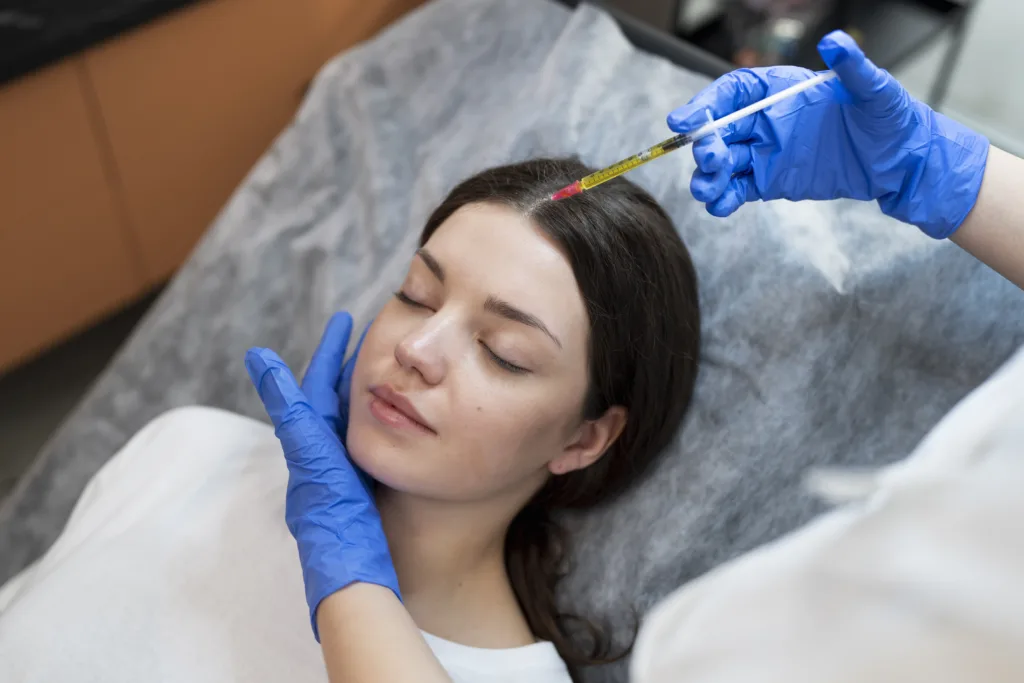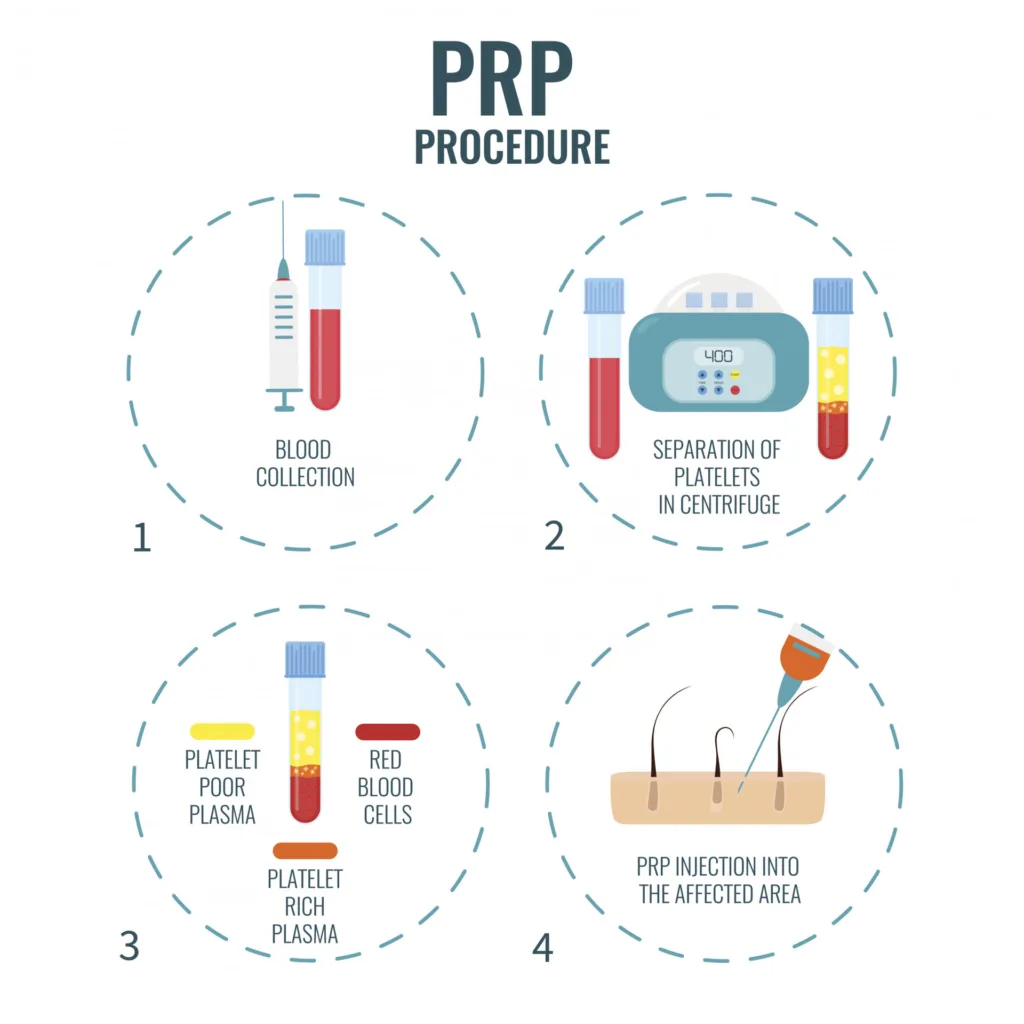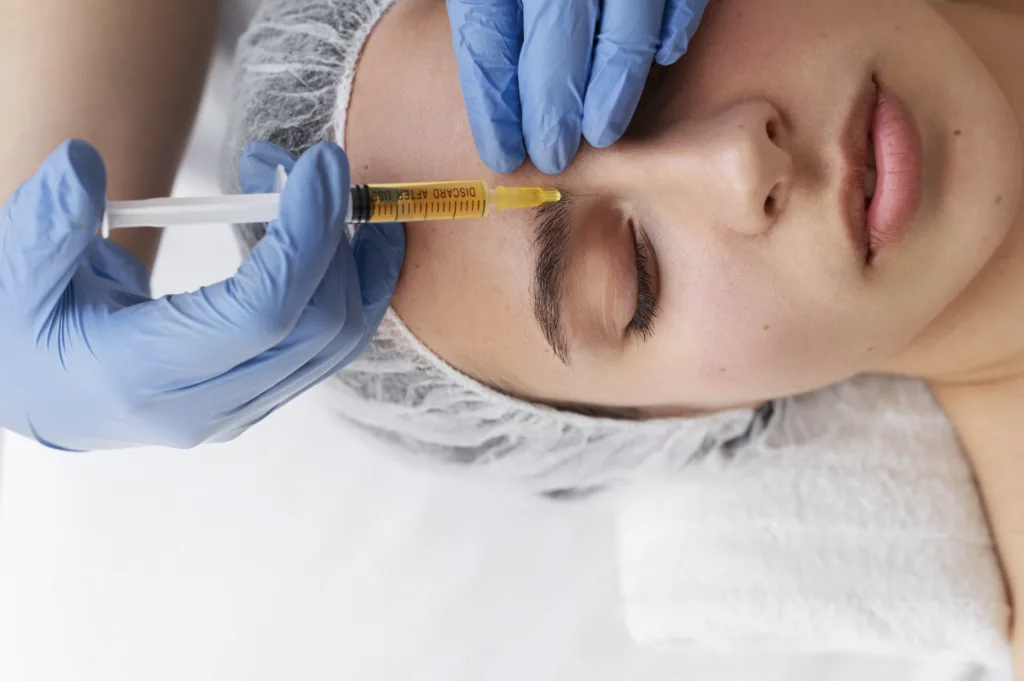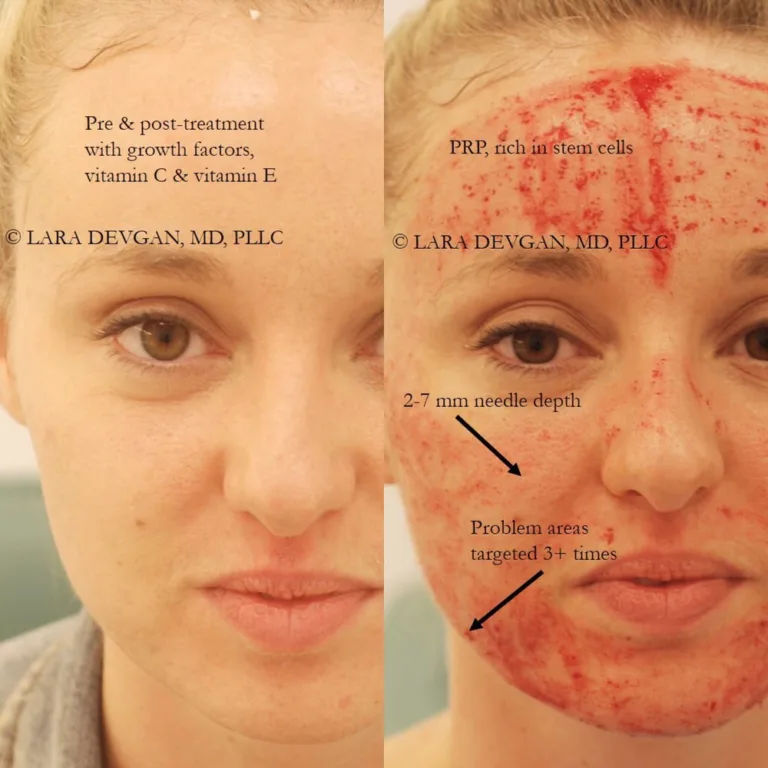
PRP (Platelet-rich plasma) is a concentrated form of blood platelets that is thought to have a number of healing and regenerative properties. PRP is often used in cosmetic procedures to improve skin health and appearance, but it can also be used to treat a variety of medical conditions, including arthritis, tendinitis, and hair loss.
If you are considering PRP treatment, there are a few things you should know. Here are 10 of the most important things to know about PRP:
Table of Contents
What is PRP?
PRP is a concentrated form of blood platelets that is thought to have a number of healing and regenerative properties. Platelets are blood cells that play a role in clotting and wound healing. They also contain growth factors, which are proteins that stimulate cell growth and repair.
PRP is created by taking a small sample of blood from the patient and spinning it in a centrifuge. This process separates the blood into its different components, including the platelets. The platelets are then concentrated, which means that they are extracted from the blood and separated from the other components.
How does PRP work?
The growth factors in PRP are thought to work by stimulating the growth of new cells and the repair of damaged tissue. This can lead to a number of benefits, including:
- Improved skin health and appearance
- Reduced pain and inflammation
- Increased range of motion
- Improved wound healing
- Increased hair growth
What are the benefits of PRP?
The benefits of PRP vary depending on the condition being treated. However, some of the potential benefits of PRP include:
Improved skin health and appearance:
PRP can be used to improve the appearance of the skin by reducing wrinkles, fine lines, and age spots. It can also be used to improve the texture of the skin and to reduce the appearance of scars.
Reduced pain and inflammation:
PRP can be used to reduce pain and inflammation in joints and other areas of the body. It is often used to treat conditions such as arthritis, tendinitis, and bursitis.
Increased range of motion:
PRP can help to increase range of motion in joints that have been damaged by injury or disease. It can also help to improve flexibility and mobility.
Improved wound healing:
PRP can help to speed up the healing of wounds and injuries. It can also help to reduce the risk of infection.
Increased hair growth:
PRP can be used to stimulate hair growth in people who are experiencing hair loss. It is often used in conjunction with other hair loss treatments, such as minoxidil and finasteride.

What are the risks of PRP?
The risks of PRP are generally minor and temporary. Some of the potential risks of PRP include:
Temporary redness, swelling, and bruising:
This is the most common side effect of PRP. It usually goes away on its own within a few days.
Infection:
The risk of infection is very low. However, it is important to follow your doctor’s instructions after your PRP treatment to help prevent infection.
Allergic reaction:
An allergic reaction to PRP is very rare. However, if you have any allergies, you should tell your doctor before you have PRP treatment.
Pain:
PRP injections can be slightly painful. However, the pain is usually mild and goes away on its own within a few hours.
Who is a good candidate for PRP?
PRP is a safe and effective treatment for a variety of conditions. However, some people may be better candidates for PRP than others. Some of the factors that may make someone a good candidate for PRP include:
Age:
PRP can be used in people of all ages. However, it is most commonly used in people who are over 30 years old.
Overall health:
PRP is generally safe for people with good overall health. However, people with certain medical conditions, such as bleeding disorders, should talk to their doctor before having PRP treatment.
Condition being treated:
PRP is effective for a variety of conditions. However, the best way to determine if PRP is right for you is to talk to your doctor.
How is PRP performed?

PRP is typically performed in a doctor’s office. The procedure is relatively short and simple. The following steps are involved in performing PRP:
- A small sample of blood is drawn from the patient.
- The blood is spun in a centrifuge to separate the platelets.
- The platelets are concentrated.
- The concentrated platelets are injected into the area being treated.
What are the results of PRP?
The results of PRP vary depending on the condition being treated. However, in general, PRP can produce significant results. Some of the potential results of PRP include:
- Improved skin health and appearance
- Reduced pain and inflammation
- Increased range of motion
- Improved wound healing
- Increased hair growth

How long do the results of PRP last?
The results of PRP can last for several months to years. However, the duration of the results depends on a number of factors, including the condition being treated and the patient’s individual response to PRP.
How much does PRP cost?
The cost of PRP varies depending on the doctor’s fees, the location of the treatment, and the condition being treated. However, in general, PRP is a cost-effective treatment.
Where can I get PRP treatment?
PRP treatment is available at many doctors’ offices and clinics. You can find a qualified provider by searching online or asking your doctor for a referral.






